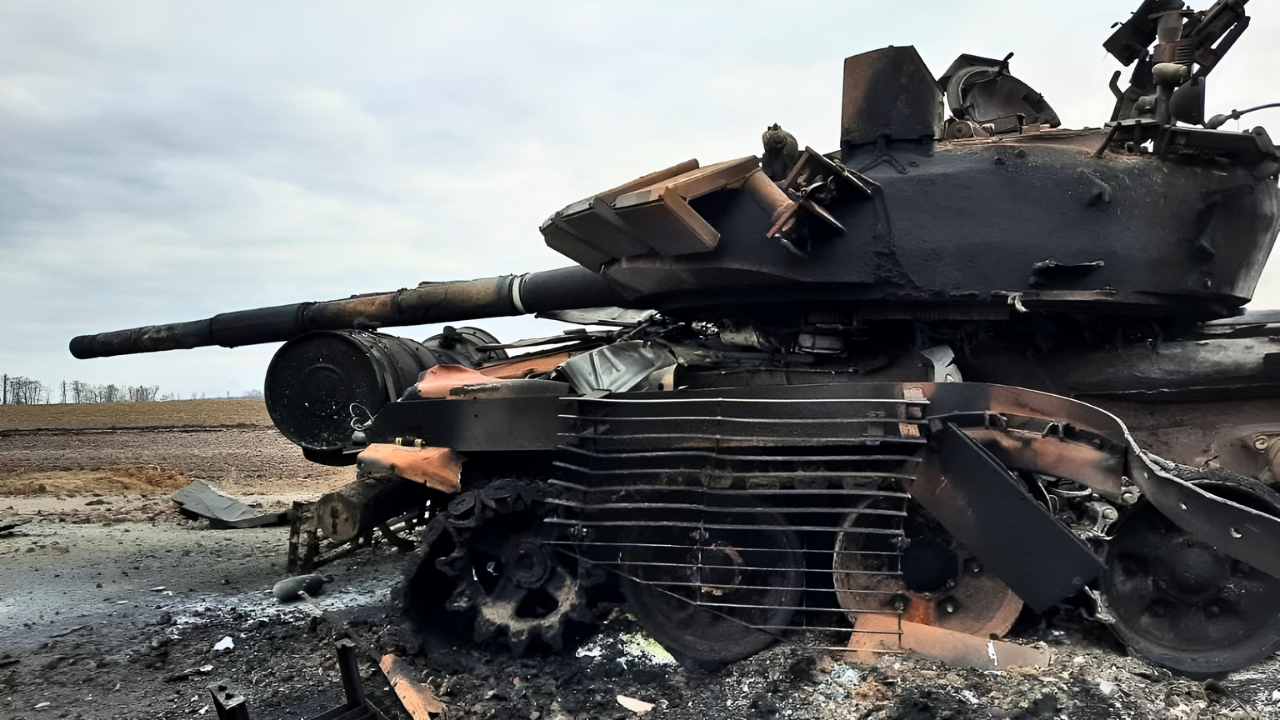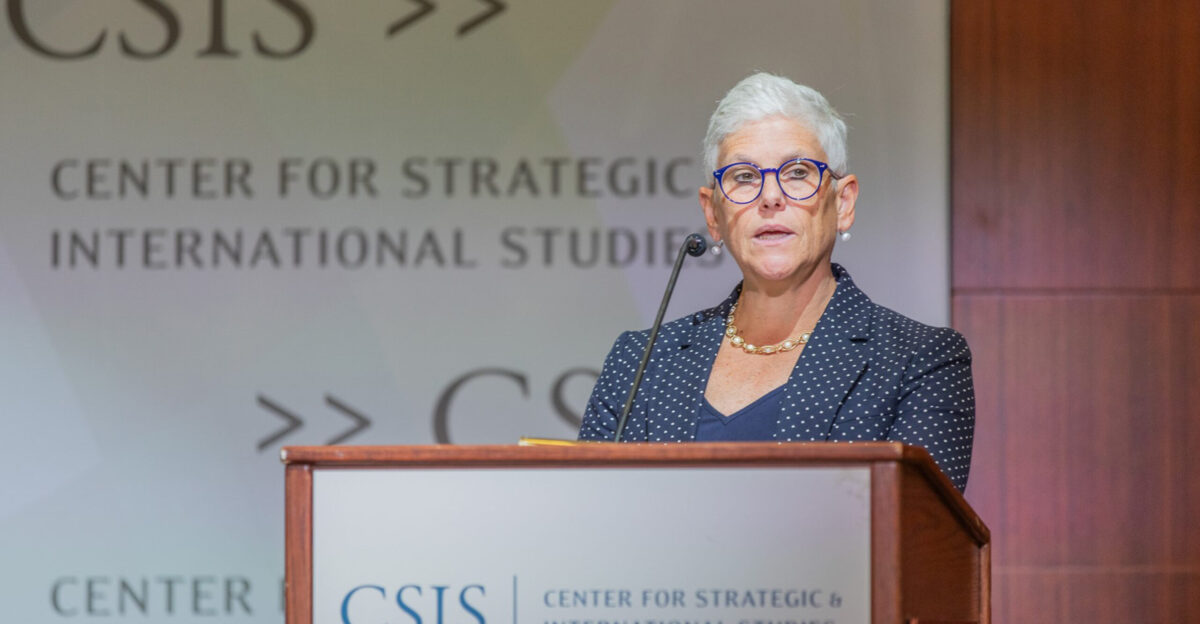
On the icy frontlines of Ukraine, the scale of Russian losses is staggering in a single day—November 19—Ukraine’s military reported 850 Russian soldiers killed or wounded, a casualty every two minutes. Since the full-scale invasion began in February 2022, Russian casualties have surpassed 1.16 million, a toll greater than the population of Dallas, Texas. These numbers, unprecedented in modern warfare, reflect not only the intensity of the conflict but also its profound human and strategic consequences.
A War of Attrition: Tanks, Drones, and Manpower

Russia’s military hardware has been decimated at a rate unseen since World War II. Over 11,000 Russian tanks have been destroyed—nearly double the active tank inventory of the entire U.S. Army. Each lost tank means not just the destruction of expensive machinery, but also the loss of trained crews. As modern equipment becomes increasingly scarce, Russia has turned to older, Soviet-era vehicles to fill the gaps.
The crisis extends to Russia’s reserves. Open-source intelligence indicates that Moscow has withdrawn nearly 4,800 tanks from storage depots for repair or redeployment. Satellite imagery now shows only 92 usable tanks left in storage—a depletion rate of 98%. Defense analysts warn that, without a dramatic increase in domestic production, Russia’s ability to sustain current operations could collapse by mid-2026.
The skies above Ukraine have become a graveyard for drones. Since early 2022, Russia has lost more than 84,000 operational and tactical unmanned aerial vehicles (UAVs), with some days seeing over 400 drones shot down. No previous conflict has witnessed such a scale of drone attrition, highlighting the central role of unmanned systems in modern warfare and the immense strain on Russia’s technological and industrial capacity.
Economic and Logistical Strain

The financial cost of Russia’s material losses is equally severe. Ukrainian estimates value destroyed Russian equipment between $61 billion and $166 billion. Even conservative calculations—factoring in tank losses alone at $300,000 to $450,000 each—put the total above $3.4 billion. When vehicles, artillery, aircraft, and missiles are included, the sum rivals Russia’s annual defense budget in some years, underscoring the unsustainable economic burden of the war.
Logistics have become a critical battleground. On November 19, Ukrainian forces reportedly destroyed 56 Russian vehicles and tankers, targeting vital supply lines. The destruction of fuel and supply convoys directly hampers Russia’s ability to sustain offensives, compounding both equipment and personnel losses. Each logistical setback reduces frontline effectiveness and increases the daily toll.
Casualty Rates and Verification
The high casualty figures are not isolated spikes but part of a persistent, rising trend. Just two days before the November 19 report, Ukraine recorded 1,160 Russian casualties in a single day. The cumulative total is expected to reach 1.2 million within weeks, with daily rates likely to exceed 1,000 by year’s end. For comparison, at the height of the Iraq War, U.S. fatalities averaged about four per day; Russian losses in Ukraine are roughly 850 per day, sustained over nearly four years.
Western intelligence agencies, including the Center for Strategic and International Studies (CSIS), largely corroborate Ukrainian estimates. CSIS projects Russia will reach one million cumulative casualties by the end of 2025, with approximately 250,000 deaths. Independent verification by Mediazona and the BBC, using open-source data, has confirmed over 135,000 Russian military deaths, though the actual number is likely higher. These external assessments lend credibility to Ukrainian claims and ensure that headline figures are not solely reliant on official statements.
Human and Societal Impact

Behind every statistic lies a personal tragedy. Hundreds of Russian families receive casualty notifications daily, and the societal toll is mounting. Grief reverberates through communities across Russia, as mothers, spouses, and children mourn the loss of loved ones. Social media increasingly reflects the scale of this collective mourning, with regional boundaries dissolving under the weight of shared loss.
The relentless attrition has revived patterns not seen since the bloodiest battles of World War I. Military experts once believed such mass casualties were a relic of the past, yet Ukraine’s battlefields have witnessed the return of industrial-scale warfare. Modern defensive technologies and entrenched positions have created conditions that favor grinding, high-cost attrition.
Uncertain Road Ahead

As winter settles over Ukraine, Russia’s losses show no sign of abating. Equipment destruction accelerates, and daily casualty rates remain high. Analysts are left questioning how Moscow can sustain such losses, with some speculating that Russia’s manpower reserves are larger than previously estimated. The war’s outcome remains uncertain, but the scale and persistence of Russian losses have already reshaped military thinking and raised urgent questions about the sustainability of prolonged, high-intensity conflict. The world watches as the stakes—human, economic, and strategic—continue to mount.